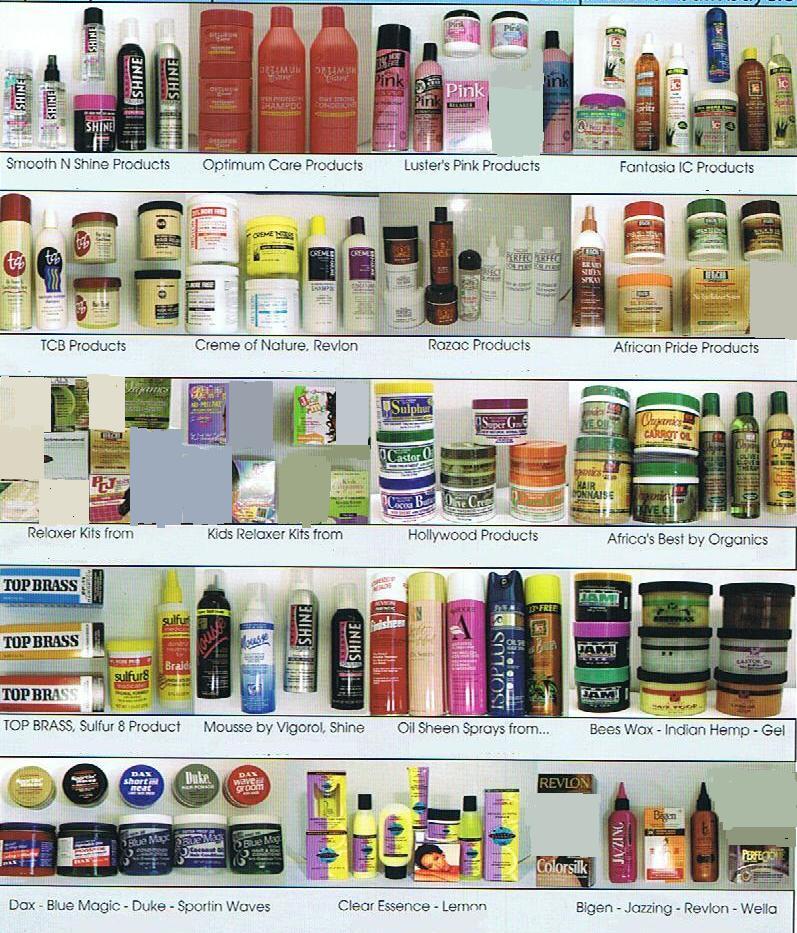
First, we have the big brands that have collectively molded the cosmetics and skincare industry (e.g. Elizabeth Arden, Shiseido, Revlon, L’Oreal, etc.). Then there are huge online marketplaces that are overflowing with homemade brands (e.g. Etsy, Storenvy). And there are thousands of cosmetics and skincare lines in between… some indie, others extremely high-end, others local. And there are plenty that are relatively young with high growth — and die-hard fans (e.g. Urban Decay or Benefit).
I subscribe to almost every beauty industry news and press release feed out there and I can’t keep in track of all the beauty companies out there, new and old. There seems to be a constant, exponential growth of brand-new beauty brands as well as improved expansions of products from existing brands. We’ll soon all be living in an ocean of beauty products!
Where do you fit into this spectrum, and how are you sticking out to customers so they choose you instead of another brand?
The more established brands have more resources to invest in research, product development, marketing and packaging design that have a gravitational pull. Some smaller brands have a cult following.
But how about you?
Whether you’re swimming or sinking in the sea of beauty companies, here are the steps you must ensure are covered to jumpstart (or continue) your own success as a beauty company. This checklist isn’t optional!
First, realize what you’re up against.
This is by no means to discourage you. But you simply need to realize you’re not the only dazzling beauty company out there, which is a mindset many starry-eyed creators have. Instead of motivating yourself by gushing over your products, motivate yourself by a deep, healthy desire to defeat the competition and lay out a strategy before you implement the tactics.
Evaluate your product(s) with a fresh eye and an unattached heart.
It’s easy to be blinded by excitement and be proud that you’ve formulated a good product. But good products don’t suffice — they need to be irresistible and intriguing. Will a user rave about your stuff to their friends? Would your target customer (see below) pay a premium price, or even drive an extra mile to get her hands on your product? If not, it might be time to reevaluate your product because marketing a ho-hum product will prove to be a very difficult journey up ahead, and cost you loads of money. An irresistible product (mainly) markets itself.
Describe your target customer as specifically as you possibly can.
Envision one person in your mind, real or fiction, who would be the first person in line if you announced your product. What is she wearing? What does she do for work? For fun? What does she typically buy? What magazines and websites does she subscribe to? How does she style her hair? Does she have a dog? Is she loud at parties? Identifying your target customer will allow you to tailor your message while sustaining your brand’s personality, as well as accurately identify brand ambassadors. You can’t try to market to everyone and anyone. It will only dilute your message and make you blend in with everyone else. Stay clear of doing this.
Determine your product’s USP. What is your amazing offer?
Think about what really makes your products special. What is the one characteristic of your product that differentiates you from the slew of other beauty brands? And how does that characteristic benefit your customers and hit their innermost needs and desires? That is, does your product make the customer feel young and happy again? Does it make them feel sexy and alive? You need to have a distinctive benefit. Otherwise, why would they choose you over their trusty Revlon?
Identify what you, as the creator, have a knack for. Then share it.
This may be completely unrelated or very closely aligned with your product USP, but what I want you to figure out what YOUR special talent or skill is. If you were in a pageant and you had one chance to demonstrate something galvanizing to your target customer, what would it be? Whatever it is, you need to make that known through your website, blog and social networks. Once people start realizing that you know your stuff and relish what you have to say, they’ll become very curious about what you have to sell.
Of course there’s so much more to marketing, but every company, big or small, needs to have these foundations set before building on it. Remember, strategy before tactics!
What else do you do to get customers to choose you over your competitors?
If you’re interested in getting some help to springboard into success, check out my writing and content marketing services.

Comments are closed, but trackbacks and pingbacks are open.